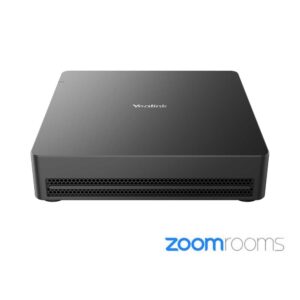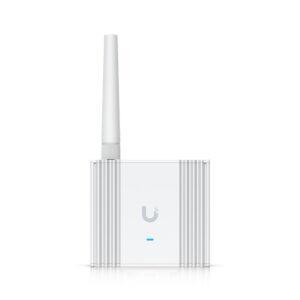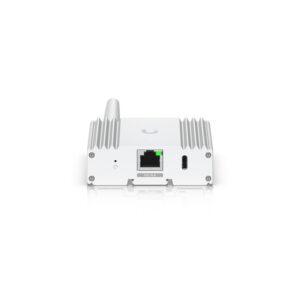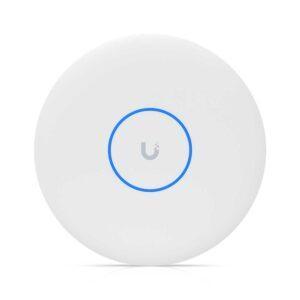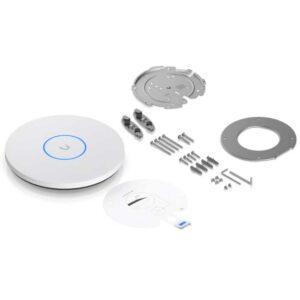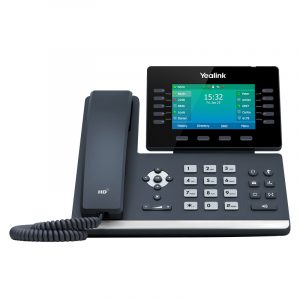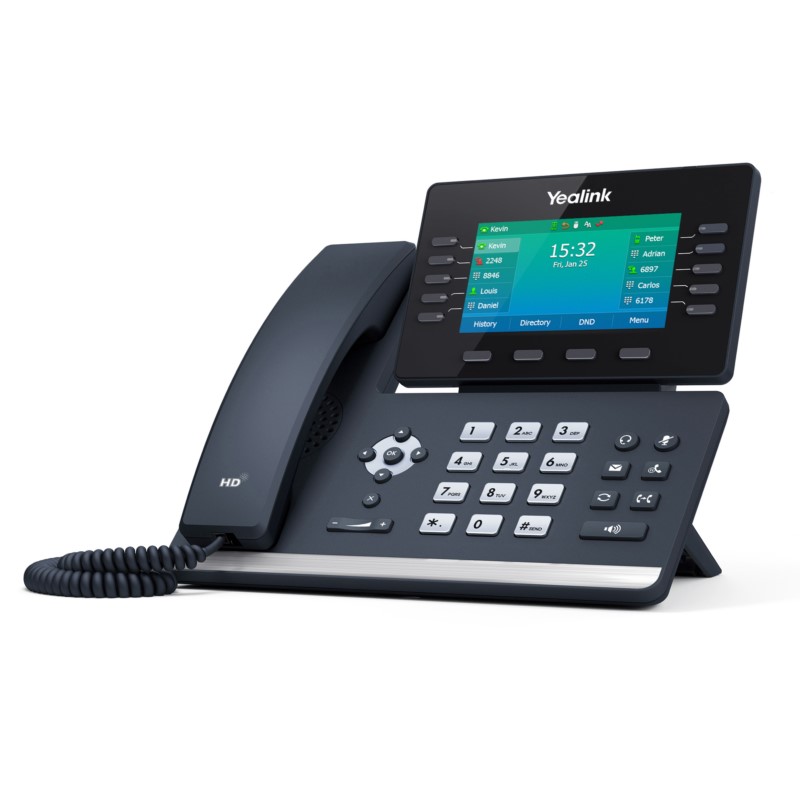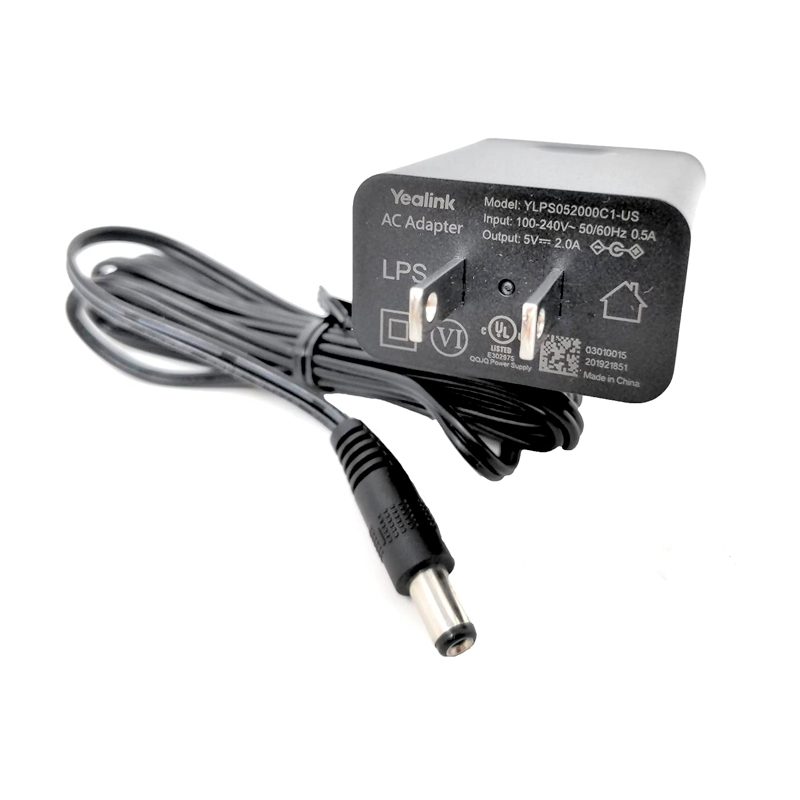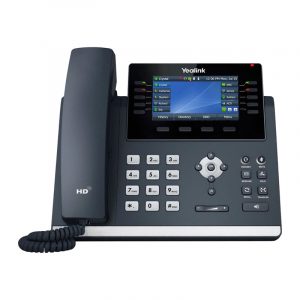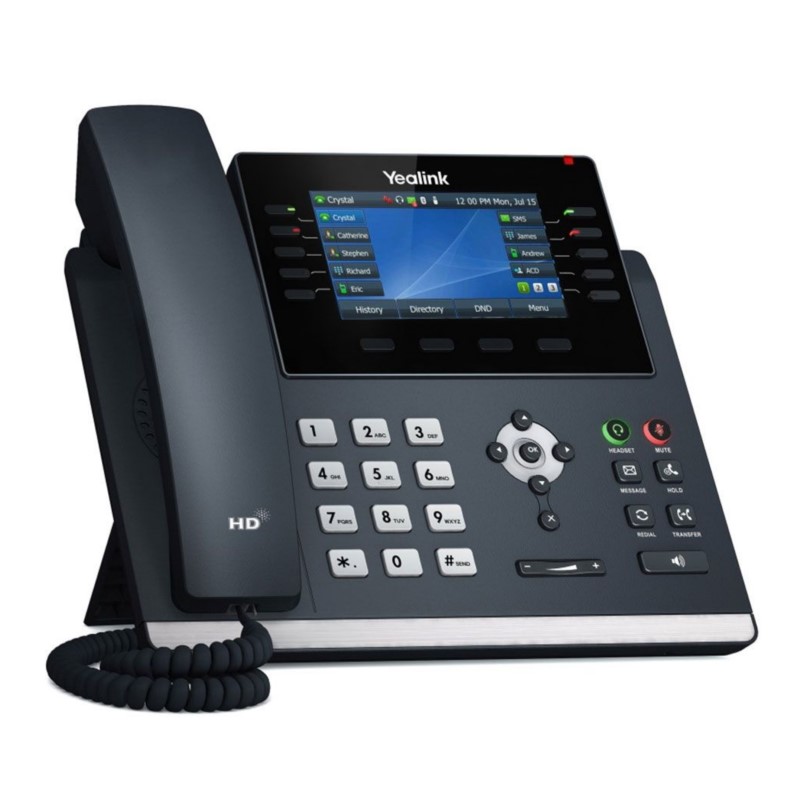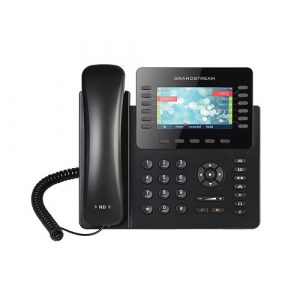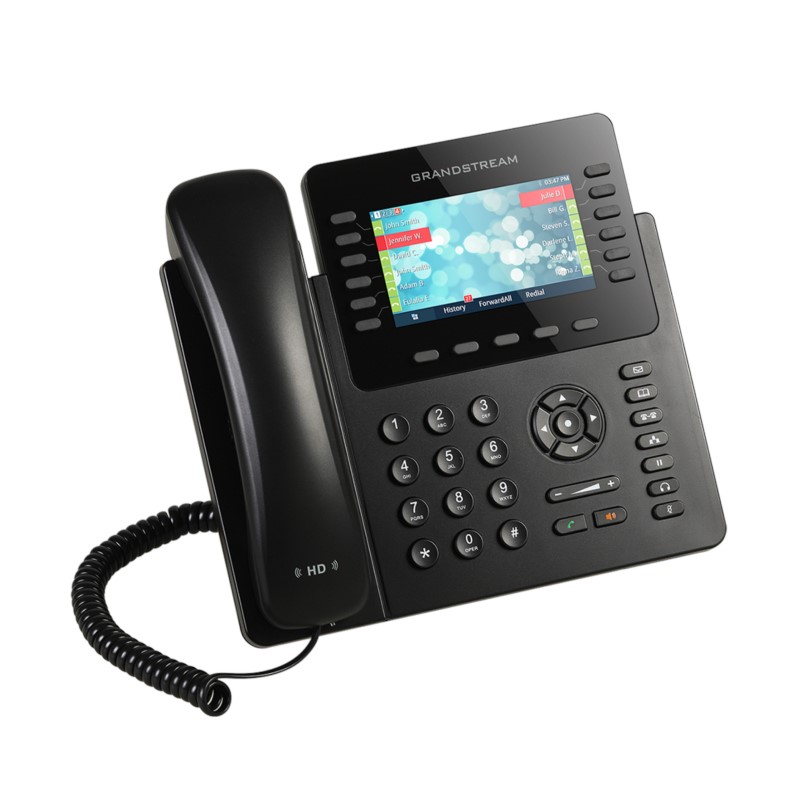- Home
- Products
- Cisco, Accessories
- Cisco DP-9800-KEM=
LATEST PRODUCTS - VIEW ALL
-
Yealink, Yealink Video Conferencing
Yealink MCore4-ZR Mini-PC Zoom – 1306067
Login to view prices MSRP: $1,739.00Yealink MCore4-ZR | Zoom Rooms Mini-PC
View ProductQuick View -
Routers, Ubiquiti
Ubiquiti SuperLink wireless gateway – UP-SuperLink Routers
Login to view prices MSRP: $129.00Ubiquiti SuperLink wireless gateway | Proprietary super long-range, low-latency wireless gateway for UniFi Protect Sensors.
View ProductQuick View -
Access Points and Bridges, Ubiquiti
Ubiquiti U7 Pro XGS – White Tri-band WiFi 7 Access Point
Login to view prices MSRP: $299.00Ubiquiti U7 Pro XGS – White |Ceiling-mounted 8-stream WiFi 7 AP with dedicated spectral scanning radio and 10/5/2.5/1 GbE support
View ProductQuick View
BEST SELLING PRODUCTS - VIEW ALL
-
VoIP Phones, Yealink, Yealink Phones
Yealink SIP-T54W – 1301081
Login to view prices MSRP: $289.00Yealink SIP-T54W Prime Business Phone to Deliver Optimum Desktop Productivity
View ProductQuick View -
Power Supplies, Yealink, Yealink, Yealink Power Supplies
Yealink 5V 2A Power Supply – 330000012027
Login to view prices MSRP: $15.00Yealink 5V 2A Power Supply (For Models: T4X, T5X, T7X, T85, T87, MP56)
View ProductQuick View -
VoIP Phones, Yealink, Yealink Phones
Yealink SIP-T46U – 1301203
Login to view prices MSRP: $269.00Yealink SIP-T46U A Revolutionary SIP Phone for Enhancing Productivity
View ProductQuick View
FEATURED PRODUCTS
-
VoIP Phones, Yealink, Yealink Phones
Yealink SIP-T54W – 1301081
Login to view prices MSRP: $289.00Yealink SIP-T54W Prime Business Phone to Deliver Optimum Desktop Productivity
View ProductQuick View -
VoIP Phones, Yealink, Yealink Phones
Yealink SIP-T46U – 1301203
Login to view prices MSRP: $269.00Yealink SIP-T46U A Revolutionary SIP Phone for Enhancing Productivity
View ProductQuick View -
Grandstream, Grandstream Phones, VoIP Phones
Grandstream GXP2170
Login to view prices MSRP: $169.00An Enterprise IP Phone for High-Volume Users
View ProductQuick View
888VoIP © Copyright 2025 - All Rights Reserved.


